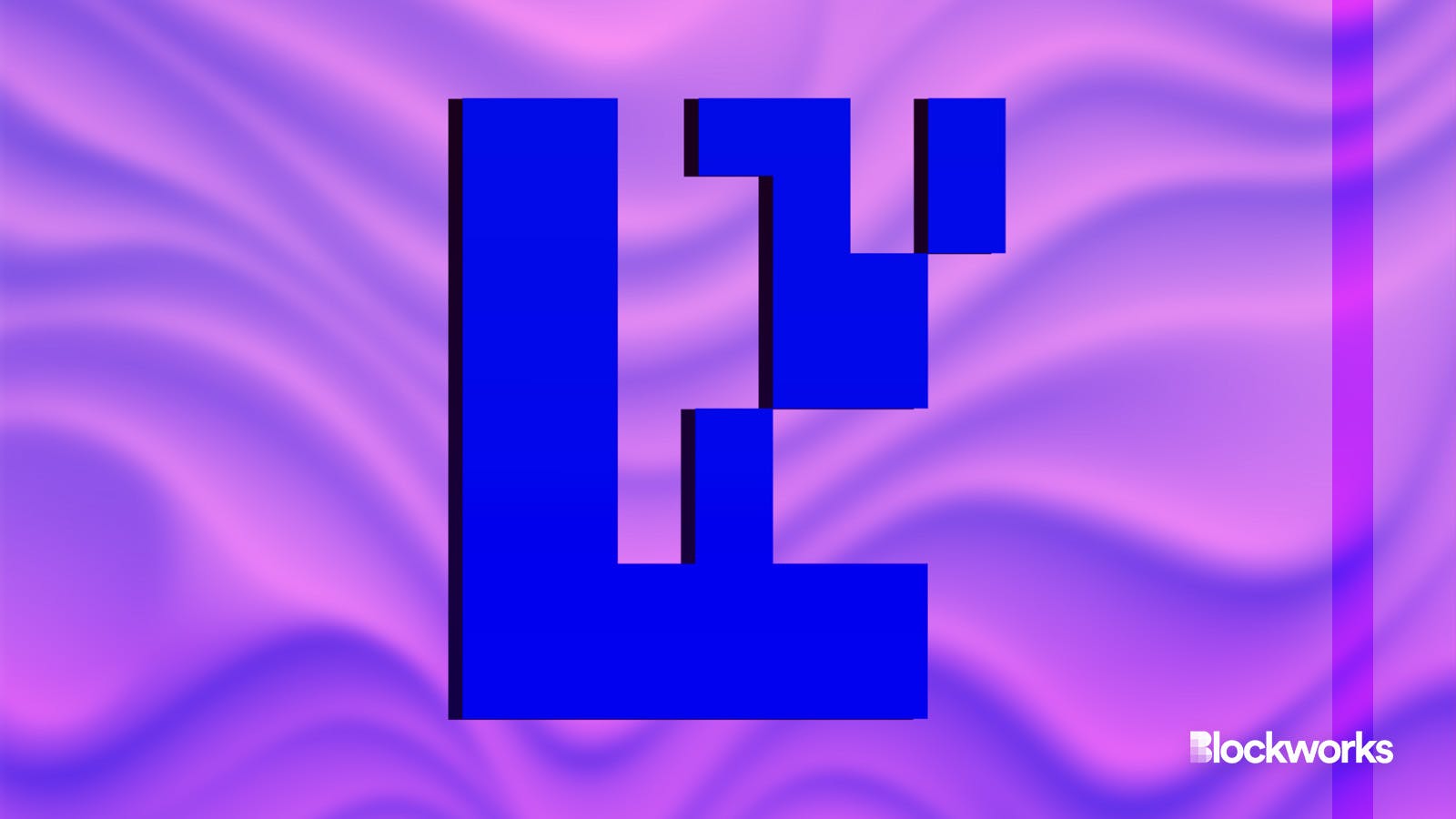EigenLayer’s biggest risk may be centralization, report suggests
Chorus One tried to tease out some risks that could emerge from the buzzy restaking protocol

EigenLayer and Adobe Stock modified by Blockworks
EigenLayer and its more than $12 billion in total value locked (TVL) went to mainnet last week, bringing the protocol’s vision for a restaking ecosystem on Ethereum a step closer to reality.
Building an entire ecosystem atop Ethereum could be lucrative — a16z general partner Ali Yahya said EigenLayer has “the potential to change everything” — but it also could come with hard-to-predict risks. EigenLayer’s mainnet launch came with slashing and in-protocol payments disabled, and the protocol pledged to let the marketplace “develop and stabilize” before removing the training wheels.
Read more: Restaking protocol EigenLayer heads to Ethereum mainnet
In the meantime, the potential restakers, validators, actively validated service (AVS) operators and other members of EigenLayer’s orbit cannot be entirely certain what risks the protocol could create down the road.
In a new report, the Ethereum node operator Chorus One tried to predict some of these risks. One key assertion the report makes is that EigenLayer could face pressures toward centralization, which could make potential black-swan events further reaching within Ethereum.
The main catastrophic event that industry watchers speculate could happen to EigenLayer would be a slashing cascade.
Slashing occurs when an operator running one of EigenLayer’s AVSs — varied blockchain services secured by restaked ether — is penalized. In such cases, the operator has some of their stake confiscated for breaking rules set by the AVSs. If a significant amount of ether is locked in EigenLayer and a large operator suffers a major slashing event, it could lead to a cascade of slashing damage. In a worst-case scenario, this could compromise the security of the Ethereum network.
Read more: Ethereum is ‘much more centralized than folks realize’: Blocknative’s Matt Cutler
Put simply, a slashing event could have cascading effects “if there’s a very small number of node operators that are really big and somebody makes a mistake,” Michael Moser, the head of research at Chorus One, said.
It’s hard to know how big the risk of slashing events on EigenLayer could be, since AVSs are yet to set slashing rules, the report notes. But lest readers take their restaked ether and flock for the exits, it bears note that slashing on Ethereum is somewhat rare: 431 validators have ever been slashed on the network, per Rated.
Most slashing scenarios are caused by human error, Chorus One’s report says, and it would take a major slashing event where the slashed operator didn’t fix the problem for a lengthy period of time for Ethereum’s security to be threatened.
In an interview, the Chorus One team said a perhaps more likely negative outcome of EigenLayer’s launch is centralization.
Read more: Restaking is a ticking time bomb
On EigenLayer, AVSs can choose which operators to work with. Chorus One predicts AVSs will pick the operators with the largest amount of pooled security to offer, which will be professional node operators and liquid restaking projects. Even if AVSs are evenly distributed between operators, Chorus One sees the big operators still benefiting from economies of scale to achieve higher margins, meaning they can pay higher yield to those delegating their restaked ether — and cause their portion of the total supply to grow further.
The ability of AVSs to generate yield could also prove unpredictable, Chorus One notes. While running AVSs on testnet, the company found hidden costs from things like data storage or cloud computing, Chorus One’s Gabriella Sofia said. These costs could make margins slim for running some AVSs.
But EigenLayer’s potential risks haven’t stopped Chorus One from drawing delegations as it grows its presence as an EigenLayer operator.
“We are, of course, still running the system,” Sofia said.
Get the news in your inbox. Explore Blockworks newsletters:
- The Breakdown: Decoding crypto and the markets. Daily.
- 0xResearch: Alpha in your inbox. Think like an analyst.






